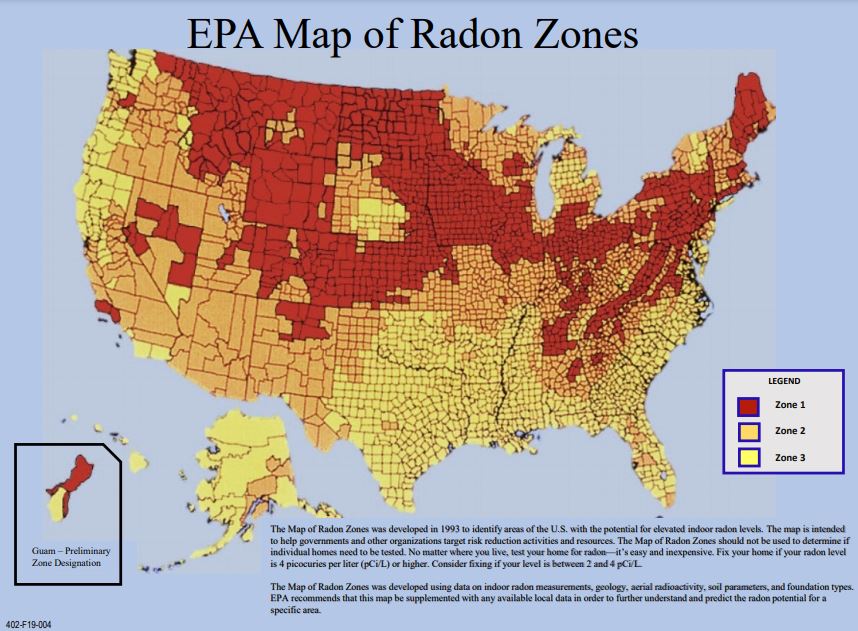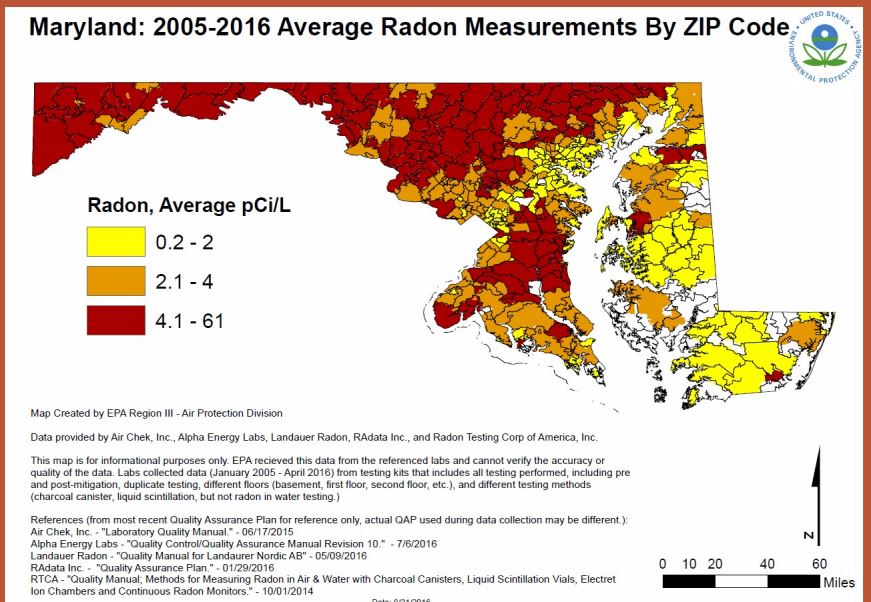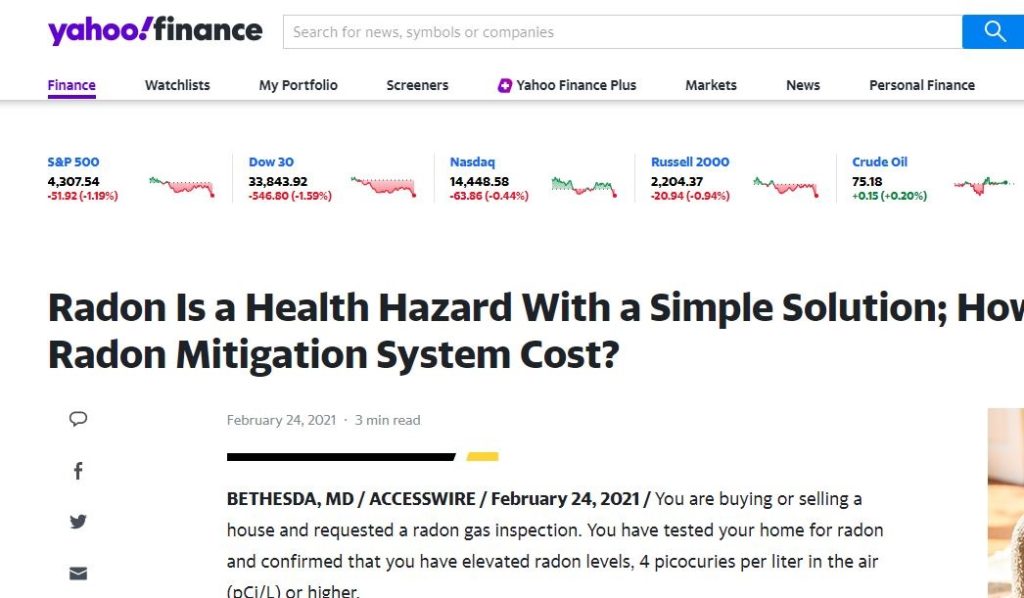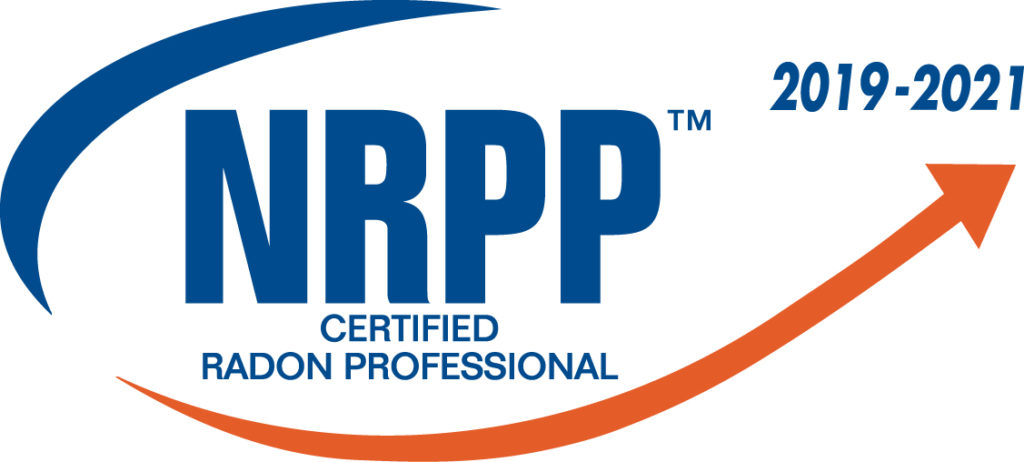How To Choose A Radon Fan ?
- Written by: Kate Holder
- Category: Uncategorized
- Published: November 4, 2021
There are several types of radon fans on the market, but all of them has basic characteristics and specifications : watts (fan power), duct diameter, recommended max operating pressure WC , typical CFM vs. Static Pressure WC.
Based on the combination of the house attributes , Alfa Air Agency will select a fan specifically for your property
Call for a FREE Radon Consultation ☎ Office 240-224-0577


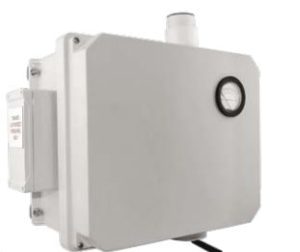
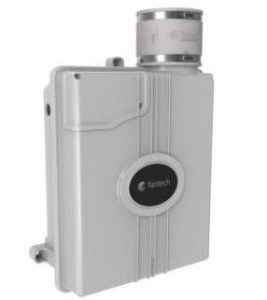
Which radon fan use ?
we need to know :
1.type of soil below your home
2. size of your home slab or crawl space
3. drain tile ?or gravel under slab?
4. number of turns/ elbows the system will have
WARNING! Normal operation of radon fan may affect the combustion airflow needed for safe operation of fuel burning equipment. Check for possible backdraft conditions on all combustion devices after installation.
Radon Fan Types by Total Foundation Area
| PIPE SIZE Nominal | Less than 1600 sq. feet | 1600 to 2500 sq. feet | Greater than 2500 sq. feet |
| 3 inch | Use Radon Fan Type: RP140, RP145, XP151 , XP201 Minimum rating:* 50 cfm @ 0.5″ WC [85m3/hr @ 125 Pa] | Use Radon Fan Type: RP145, RP260 Minimum rating:* 75 cfm @ 1.0″ WC [127m3/hr @ 250 Pa] | Radon fan to be sized by a certified/licensed radon mitigator |
| 4 inch | Use Radon Fan Type: RP140, RP145, XP151 , XP201 Minimum rating:* 50 cfm @ 0.5″ WC [85m3/hr @ 125 Pa] | Use Radon Fan Type: RP140, RP145, XP151 , XP201 Minimum rating:* 50 cfm @ 0.5″ WC [85m3/hr @ 125 Pa] | Radon fan to be sized by a certified/licensed radon mitigator |
High Suction Fans
In contrast, with tight soils like clay and sand it’s best to use a high suction fan. If the soil below your home is tight, you may sometimes need more than one suction point to create vacuum under your whole house.
High suction fans add $100 to $175 a year to your electric bill.
Examples of these fans include:
- GP401, GP501, GP500, and GX5 by RadonAway
- Force, Eagle, and Eagle Extreme by Festa
- RN4EC by Fantech
SYSTEM DESIGN CONSIDERATIONS
1.FAN SEALING. Pro Series Fans are factory sealed; no additional caulk or other materials are required to inhibit air
leakage.
2. ENVIRONMENTALS . Pro Series Fans are designed to perform year-round in all but the harshest climates without
additional concern for temperature or weather
3.ACOUSTICS . Pro Series Fans, when installed properly, operate with little or no noticeable noise to the building
occupants. The velocity of the outgoing air should be considered in the overall system design. In some cases the
“rushing” sound of the outlet air may be disturbing. In these instances, the use of a exhaust muffler is
recommended.
4. GROUND WATER. In the event that a temporary high water table results in water at or above slab level, water may be drawn into the riser pipes, thus blocking air flow to the Pro Series fan. Should this condition arise, it is
recommended that the fan be turned off until the water recedes, allowing for return to normal operation.
5. SLAB COVERAGE . Pro Series Fans can provide coverage up to 2000+ sq. ft. per slab penetration. This will primarily
depend on the sub-slab material in any particular installation. In general, the tighter the material, the smaller the
area covered per penetration.
Additional suction points can be added as required. It is recommended that a small pit (5 to 10
gallons in size) be created below the slab at each suction hole.
Ex. The RadonAway RP140 and 145 are best suited for general purpose use. The RP 260 can be used where additional airflow is required, and the RP265 and RP 380 are best suited for large slab, high airflow applications
6. ELECTRICAL WIRING. Pro Series Fans operate on standard 120V, 60Hz AC. All wiring must be performed in accordance with National Fire Protection (NFPA) National Electrical Code, Standard #70, current edition, for all commercial and industrial work, and state and local building codes.
A System Monitor, such as a manometer is required to notify the occupants of a fan system malfunction.
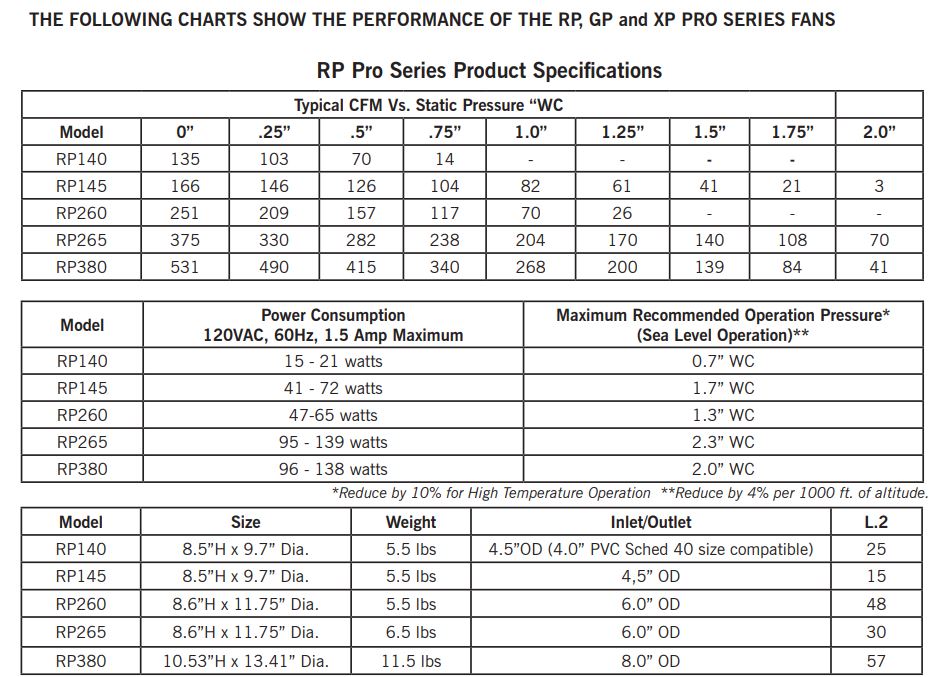
FAN OPERATING COST
Radon fans cost only pennies a day to operate. According to the U.S. Department of Energy, a typical U.S. household consumes about 11,000 kwh per year, costing an average of $1,034 annually (at $0.094 per kwh). The cost of running a medium-sized window fan 24/7 for 365 days (about 876 kwh X your kwh rate; at a kwh cost average of $0.094, the annual cost is $87.60).
Most popular fan RP145 ( $0.094 kwh rate) Annual Estimated Fan Operating Cost:
$44.47
Have questions about radon fan? Call for a FREE Radon Consultation ☎ Office 240-224-0577

